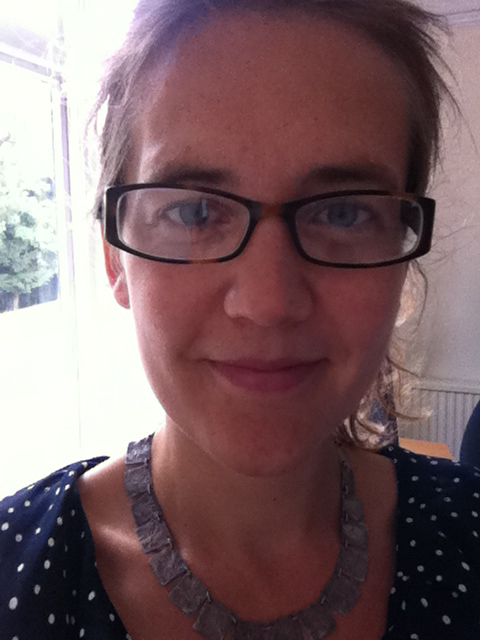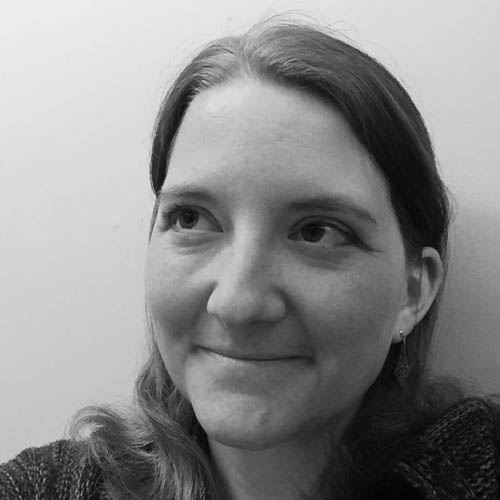Find out about our cultural placement programme with the University of Cambridge Faculty of Education which gives trainee teachers the opportunity to spend a week finding out about creative and cross-curricular learning in museums and galleries.
Each year, a group of trainee teachers from the Primary PGCE course at University of Cambridge Faculty of Education spend time at the National Gallery and the Fitzwilliam Museum, observing teaching in the galleries and reflecting upon and discussing what they see, researching the collections and planning a museum visit for their classes. Museum educators at both sites act as mentors and encourage the trainees to move beyond the practical considerations of how to plan a visit to a museum to think about more fundamental questions such as the rights of all young children to access and experience arts, heritage and culture, and what makes a really good question.
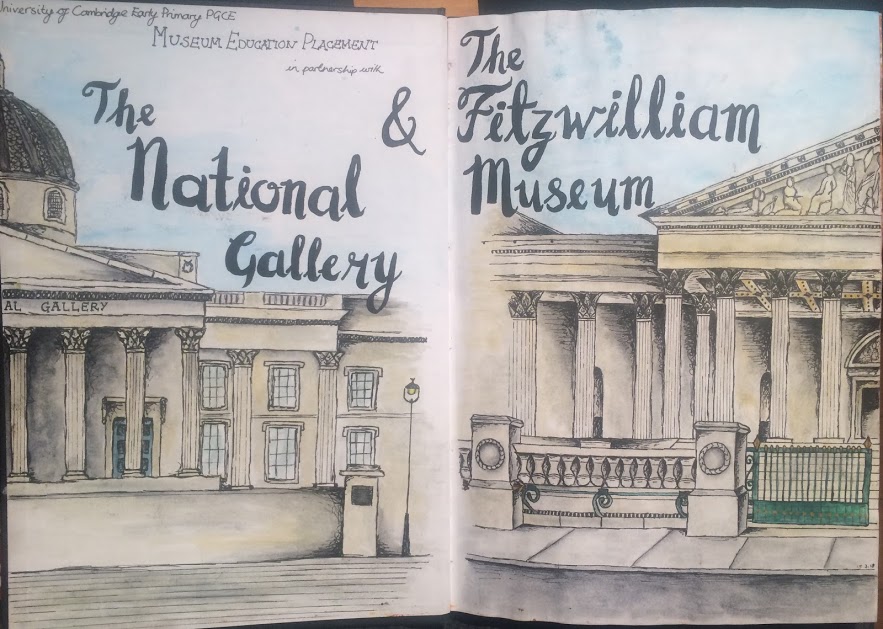
Background to the Programme
The Fitzwillam Museum been working with trainee teachers from the Faculty of Education for more than 20 years and the placement programme has been running for about than half that time. The programme is always one of the highlights of our year as working with students encourages us to develop our own reflective practice as educators. It is very satisfying for staff at the museum and gallery to see the trainees develop their ideas and practice over the course of the week.
In the months after the placement, each of the trainees return to the Fitzwilliam to teach their own school placement classes in the museum. We are always very impressed by the variety of different creative approaches they use to help their students to connect with the museum objects, and the depth of research they undertake. There are always lots of good ideas which we can borrow to use with other groups in the museum too! We hope that this experience supports their training on the PGCE course which encourages the trainees to continue to develop as creative and thoughtful practitioners as they progress through their careers.
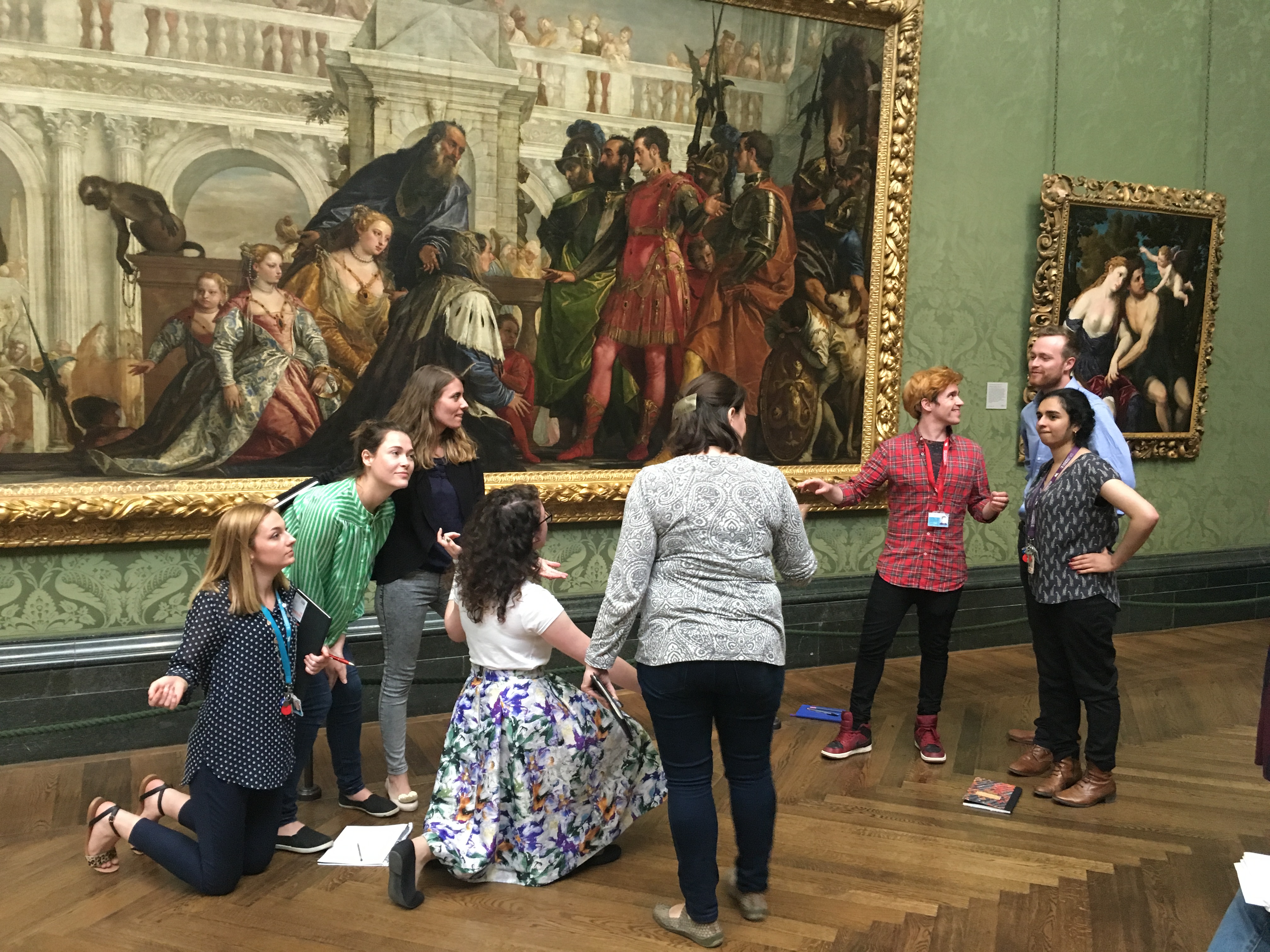
Feedback and Evaluation
Over the years we have been running the programme we have collected lots of feedback from the trainees, the children they bring back to the museum and school and university mentors. We have also conducted follow up interviews with some trainees a year after graduating from the programme to see what the longer-term impact on their practice has been. This feedback has helped us to understand the many different outcomes of the programme and to reach a better understanding of how approaches and techniques observed in a museum and gallery context can be transferred to inspire learning in a classroom setting. This has informed the development and planning of our training offer for other teachers (more about this in our next blog post!).
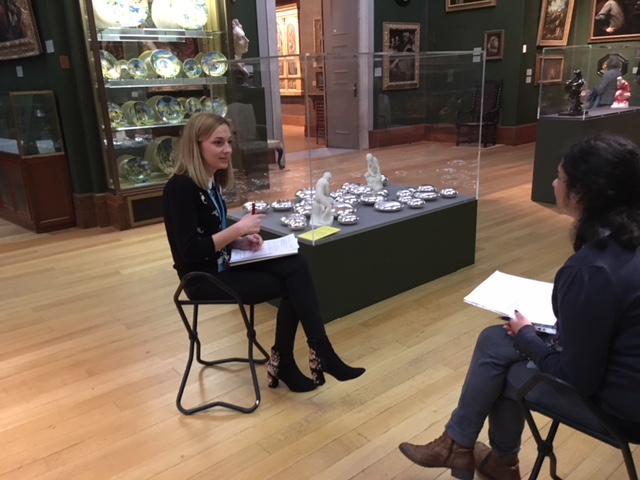
Some key outcomes of the cultural placement programme
1: Trainees develop more effective questioning strategies based on a dialogic approach to teaching and learning
At the beginning of the initiative, I was quite apprehensive about whether or not I would be able to teach in the social constructivist/ dialogic way of museum education. After completing the initiative however, I not only feel much more confident in this style of teaching, but am also a firm believer in the benefits of using dialogic skills: in both the museum and the classroom. The use of open-ended questions to elicit ideas, extend thoughts and sequence and collaborate several pupils’ opinions can be a powerful learning tool for both the pupils and the teacher.
– Trainee feedback
2: Trainees reach a deeper understanding of the cross-curricular possibilities of art and object-based teaching and learning
I now see that art can be the key to open all aspects of learning across the curriculum; reasoning, investigation, imagination, looking, group work, skills behind researching and discussion skills.
– Trainee feedback
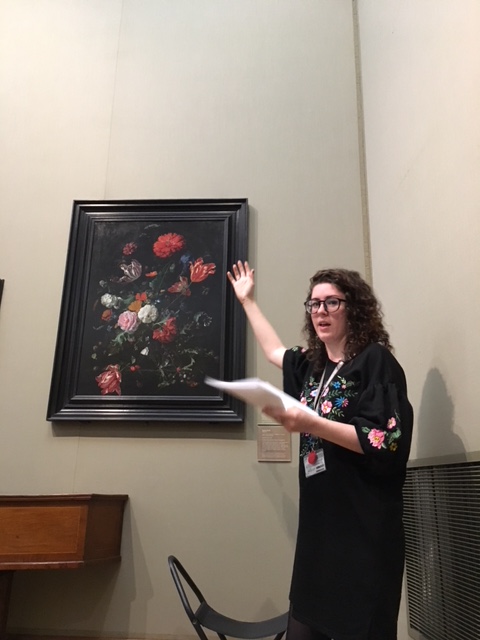
3: Trainees develop their knowledge and confidence working with pictures and objects
I really liked how we were given an art education. We were equipped with knowledge and understanding of how to look at art. Ultimately, we’ll be able to teach how to look at paintings better because we ourselves have been taught how to look at paintings.
– Trainee feedback
4: Trainees experiment with creative child-led teaching pedagogies
The approach to objects, the use of questions for enquiry, letting the children lead the discovery and the way that small things can turn into longer-term projects is really valuable.
– Trainee feedback
5: Trainees experience the power of learning outside of the classroom
Working in a museum setting really opened my eyes to how learning outside the classroom can break down many barriers for learning which many children experience in the classroom, creating a much more inclusive learning environment.
– Trainee feedback
By the end of the project the children were talking about Monet as if they knew him personally. Lots of them wanted to visit the Museum again with parents as a result of the visit.
– Feedback from teacher mentor
6: Trainees begin to consider how to incorporate objects and paintings into their lessons on a day to day basis
I feel empowered and excited…I feel committed to using works of art and objects in my future practice – not just when visiting galleries and museums.
– Trainee feedback
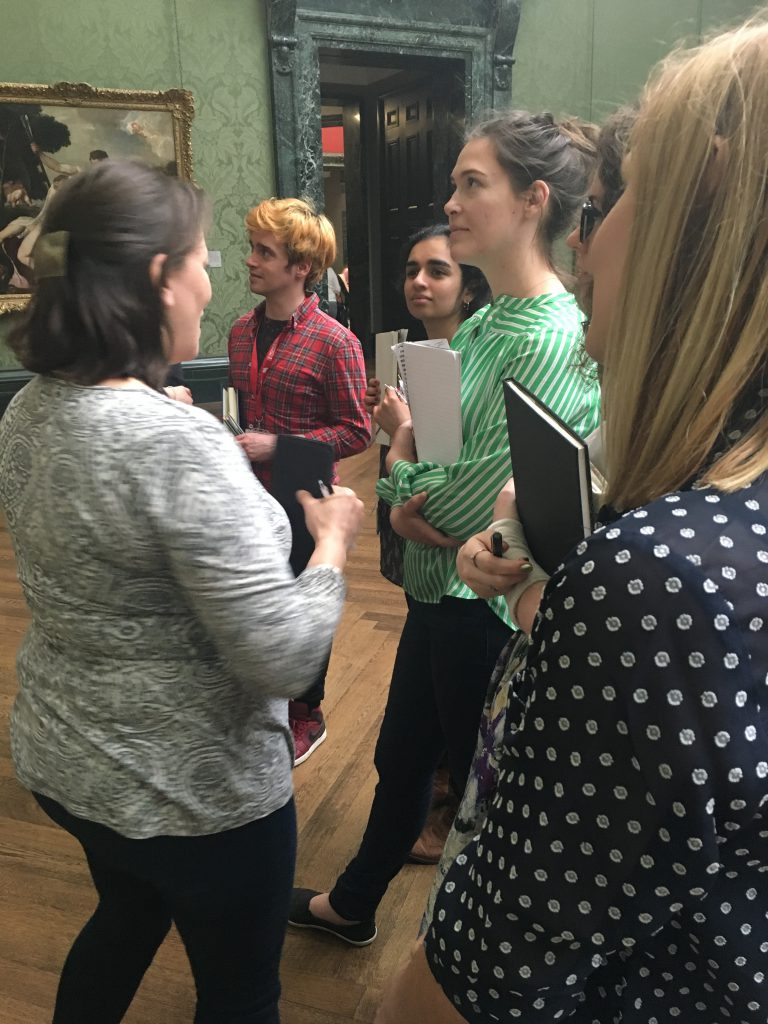
7: Inspiring a love of Arts and Culture
The most powerful feedback of all is from those trainees who believe that the cultural placement programme has actually made them a better or different kind of teacher.
What have I learned from my time in the museum? I have learned that the power of real, tangible objects and artefacts as well as the value of relating learning to children’s experience is of paramount importance. … It has made me a different kind of teacher.
– Trainee feedback
The people running the course were absolutely phenomenal – at all points you could see their passion and skill, and it was so inspiring to be part of. Thank you SO much for this opportunity. I KNOW that I will be a better teacher, more able to inspire a love of art and culture and finding beauty in the world around us because I had this opportunity.
– Trainee feedback
With thanks to Jane Warwick at the Faculty of Education and all the school-based mentors who supported this programme; Caroline Smith and Alexis Stones at the National Gallery; Holly Morrison and Jacqui Strawbridge at the Fitzwilliam Museum; and Emily Grace Batty for her beautiful sketch of the Museum and Gallery.
We are currently exploring ways of making the cultural placement programme available to more teachers. If you’d like to know more about professional development opportunities for trainee and serving teachers at the Fitzwilliam Museum, please visit our website.

